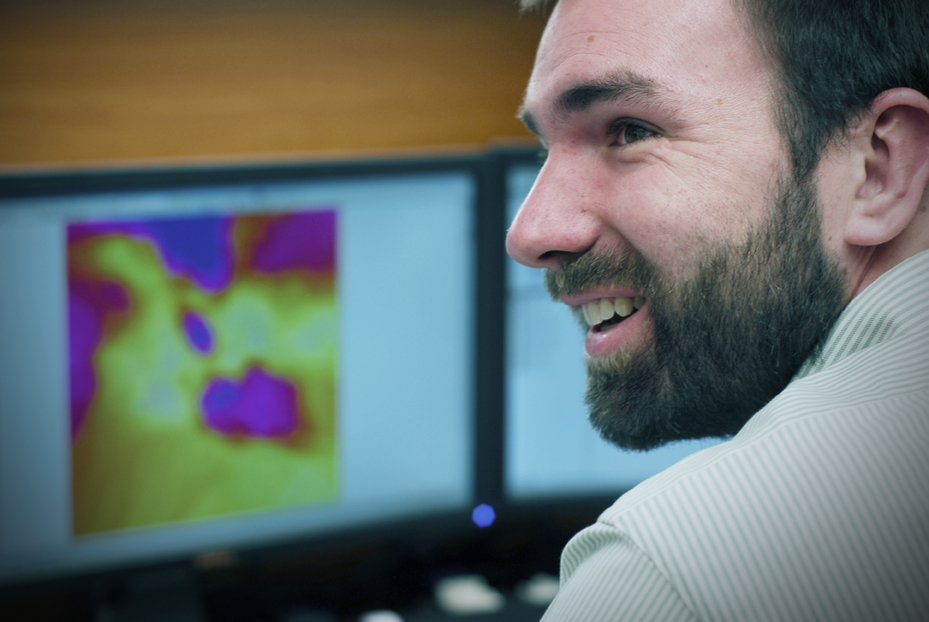Biostatistician Ian Craig with the National Institute on Drug Abuse. (Photo by J.M. Giordano.)
The original version of this story appeared in Urbanite.
By some measures, Baltimore has more heroin users than any other American city. Yet city residents here, like in most urban centers in the United States, don’t really see them. They are a part of the complex drug ecosystem: They are buyers and sellers, participants in treatment programs, inhabitants of jail and prison cells. Yet the “junkies” hide away in America’s ideological predispositions, our moral judgments, and our assumptions about addicts and addiction.
While drug addiction is one of urban America’s most persistent and politically fraught problems, the truth is that we have only a tenuous understanding of how it works. Science has begun to shed important light on the genetics and biochemistry of addiction, but we assert more than we actually know about how addiction really works in the streets.
Here in Baltimore, that’s changing, as researchers literally map the ecology of addiction. Their work is making Baltimore drug users visible in new ... Read more

